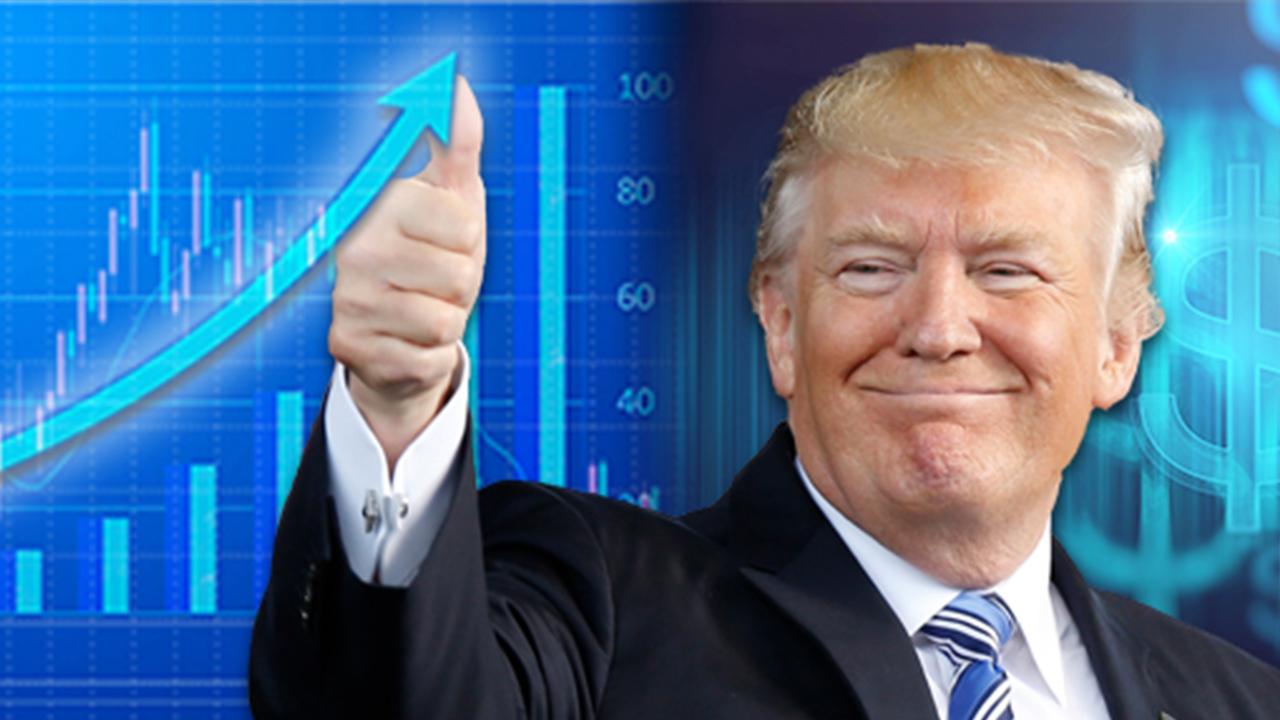2020 economic outlook: Christmas every day or Fright Night?
A cheat sheet for the crystal-ball quiz over holiday dinner
He might take credit for a Santa Claus rally and cash gifts under the Christmas tree, but the jolly old elf of storybook renown isn't known for his advice on what the beneficiaries of either one should do next.
So when the last present has been opened, all that remains of Christmas dinner is the pumpkin pie and fruitcake and the conversation turns to stickier topics like the state of American politics or what the U.S. economy will do in 2020, the responsibility of filling in for Santa will fall where it usually does. On you.
"We suspect you will be asked about the path for wages, interest rates and housing -- typical crystal-ball questions," Bank of America economist Michelle Meyer wrote in a note to clients.
GET FOX BUSINESS ON THE GO BY CLICKING HERE
If you need a cheat sheet to answer those, to tell your cousin (accurately) whether he's likely to keep his job and advise your sister on when she might be able to buy a condo, Meyer's team at the Charlotte, North Carolina-based lender has put together a list of the top questions and answers.
1. Is my job secure?

(AP Photo/Lynne Sladky)
"The labor market has come a long way since the Great Recession, when the economy shed almost 9 million jobs and the unemployment rate soared to 10 percent," Meyer wrote. "All signs point to continued expansion."
In November alone, American employers added 266,000 jobs, surpassing expectations, and the unemployment rate dipped to 3.5 percent, the lowest in 50 years. Job openings are near record highs, Meyer said, with 1.2 positions available for every unemployed worker.
2. Will my pay go up?

The outlook for overall wage growth is promising, Meyer said.
"The job market is tight, and businesses are bidding up wages to lure qualified workers."
Some employees are likely to get a bigger boost than others, however.
Data from the Federal Reserve Bank of Atlanta shows younger workers (ages 16 to 24) have benefited more from raises over the past 20 years, with median gains of 6.7 percent, compared with 3.6 percent for 25- to 54-year-olds and just 2.4 percent for workers 55 and older.
3. What's the outlook for interest rates?
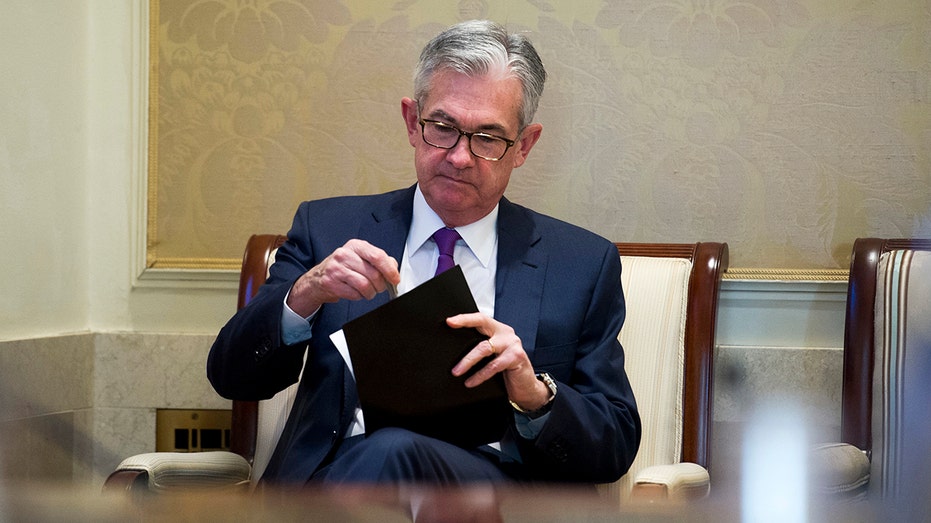
Federal Reserve Chairman Jerome Powell. (AP Photo/Cliff Owen, File)
The Federal Reserve lowered short-term interest rates by 75 basis points this year, to a range of 1.5 percent to 1.75 percent, as President Trump's trade dispute with China curbed growth in the world's two largest economies and global expansion slowed.
The lower rates aren't great news for pension funds or retirement accounts, but they will make it less expensive to borrow.
"Rates for both mortgages and new car loans have turned lower this year," Meyer noted, and home-loan rates are likely to hover close to current levels in 2020. How much the housing market will benefit is open to debate, though, since younger consumers are buying homes later and sales remain muted in the Northeast despite strength in the South and the West.
4. Should I worry about the trade war?
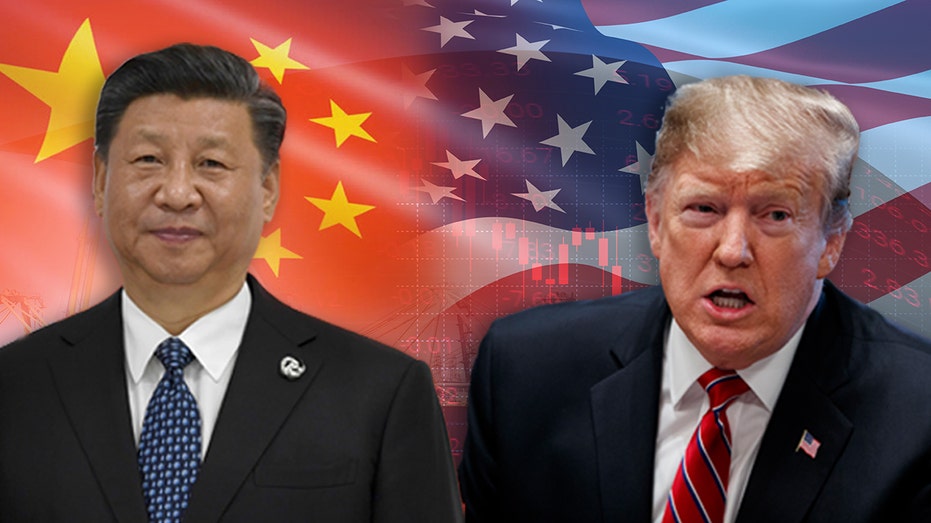
Not as much right now as a year ago.
Since 2018, Trump has imposed 25 percent duties on $250 billion of Chinese imports and tariffs of 15 percent on another $120 billion of goods, all in an attempt to force Beijing to negotiate a broad trade agreement.
While the larger levies remain in place, the 15 percent duties were halved when Trump's negotiators struck a "skinny" trade deal with President Xi Jinping's administration earlier this month, and Washington indefinitely delayed further tariffs planned for Dec. 15.
CHINA SAYS 'MAJOR PROGRESS' MADE ON INITIAL TRADE DEAL
While the charges have hit manufacturers hard, driving up supply costs and eating into profit margins, consumer goods have largely escaped them, Meyer said, and probably will continue to do so through next year.
The initial trade agreement will probably "be followed by a ceasefire until the presidential elections" in November, Meyer said. "The administration will likely want to avoid shocking the economy and markets in the run-up."
5. Is the economy headed toward a recession?
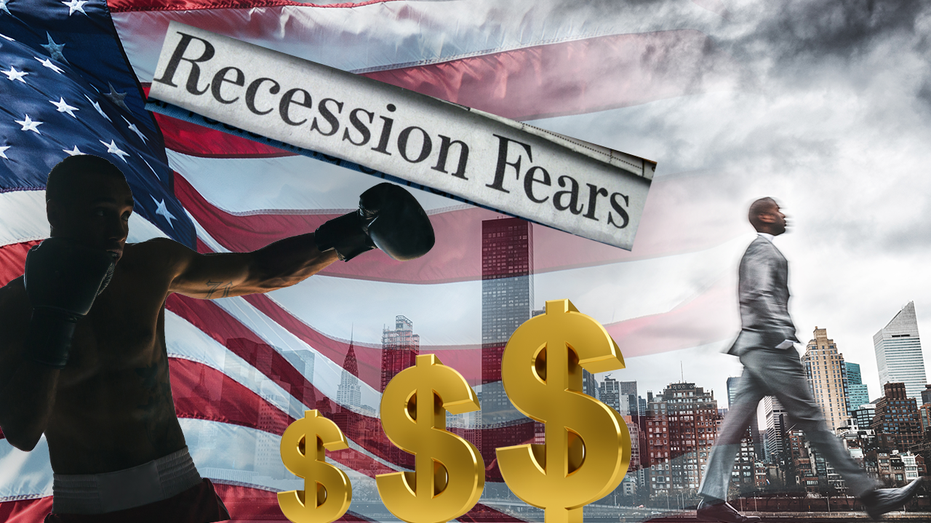
The short answer: Probably not. Bank of America places the probability of a recession in the next year at just 18 percent, though the current economic recovery, at 11 years, is the longest in U.S. history. Of the top five business-cycle indicators, only two -- industrial production and growth in average hours worked -- are at or below levels seen in the seven recessions since 1969.
The number of Google searches on the word recession spiked earlier this year -- as it did in 2008 -- when a bond-market indicator signaled a recession was increasingly likely -- but has since slid back to normal ranges, Meyer's team noted.
6. What about the inverted yield curve? Doesn't that mean a recession is coming?
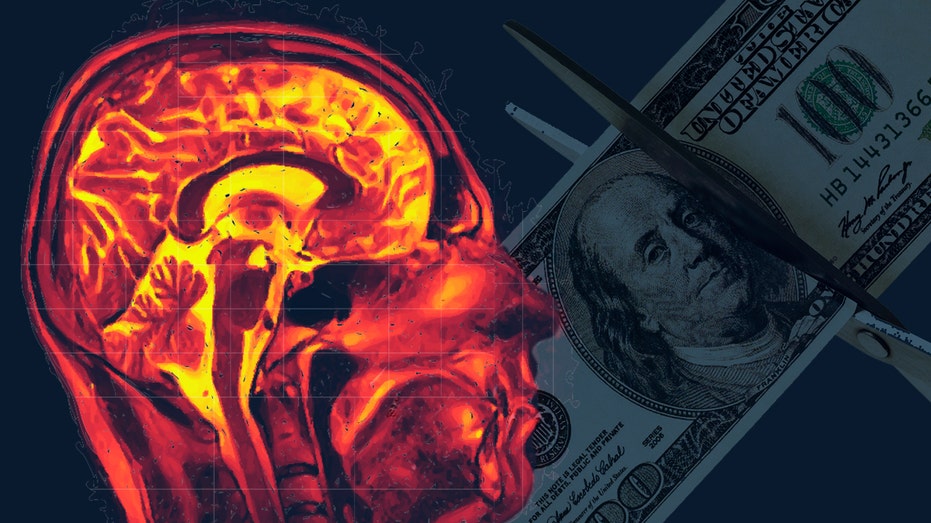
The yield curve compares the premium that investors demand on long-term government bonds with what they'll accept on shorter-term notes; typically, the yield on long-term notes is higher since economic conditions grow more difficult to predict over long periods of time.
Before a recession, however, that curve often flattens, and even inverts, signaling bond-buyers are more worried about the immediate future than longer-term conditions.
AS US BRAWLS WITH CHINA, YIELD CURVE SIGNALS RECESSION RISK
When the curve for three-month and 10-year notes inverted over the summer, Meyer told FOX Business, the trend didn't broaden to other gauges such as the spread between 2-year and 10-year instruments.
CLICK HERE TO READ MORE ON FOX BUSINESS
"Typically, before recessions, both parts of the curve will be inverted," Meyer said. "The duration of the inversion matters: Historically, the yield curve is inverted for longer, and there are typically a few spells of inversion."
Still, this year's inversion offers a useful signal.
"It means we are likely in later stages of the cycle, and investors are cautious about longer-term growth prospects," Meyer said. The Fed's reduction of interest rates "helped to offset these concerns," she added, "but we should remain vigilant to downside risks."




















